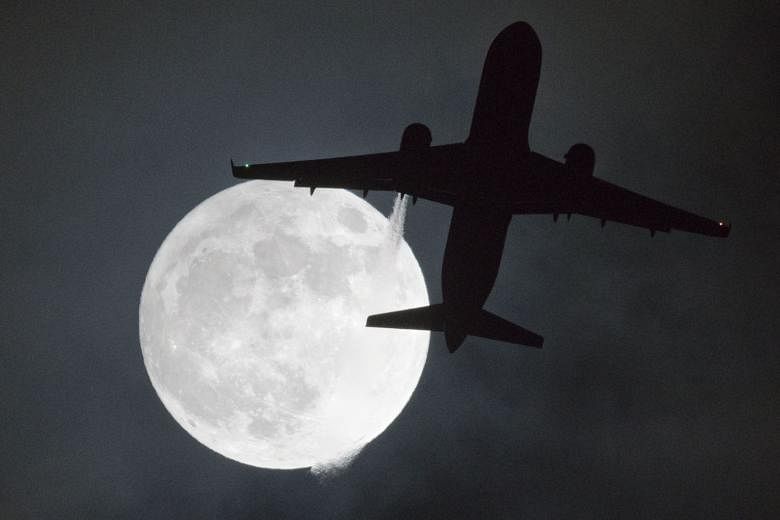What's blue, red and super in the sky?
Nah, it's not Superman.
It's a supermoon which is also a blue moon experiencing a lunar eclipse.
The moon during a total lunar eclipse is known as a blood moon due to it likely turning red.
It won't actually turn azure. "Blue moon" is a term given to the second full moon of a given calendar month. The saying "once in a blue moon" means a rare occurrence, and predates the current astronomical use of the term, which is quite recent.
Hold on. There's actually a tiny chance the total lunar eclipse during a blue moon could appear to have a blue hue to it. That would depend on a massive volcanic eruption happening beforehand. Particles in plumes of ash clouds flung up by it could scatter the red light, according to Nasa.
We don't want that. No big eruptions, please. We prefer a nice blood-red moon with no danger, deaths or disaster.
So lift your gaze to the sky on Jan 31 and you'll see a moon so weird that no one has seen anything like it for a very long time.
From an ancient Chinese dynasty's moon worship to Frank Sinatra's 1960s song Fly Me To The Moon to Instagramming this month's weird moon, we have long been fascinated by earth's little companion.
Join other people in Singapore who are planning a fun night to look at it.
We are so familiar with it that kids can draw it, yet there's so much we don't know about it. Prep for your date with this rare mash-up of three types of moons by reading on.
Long, long ago and far, far away
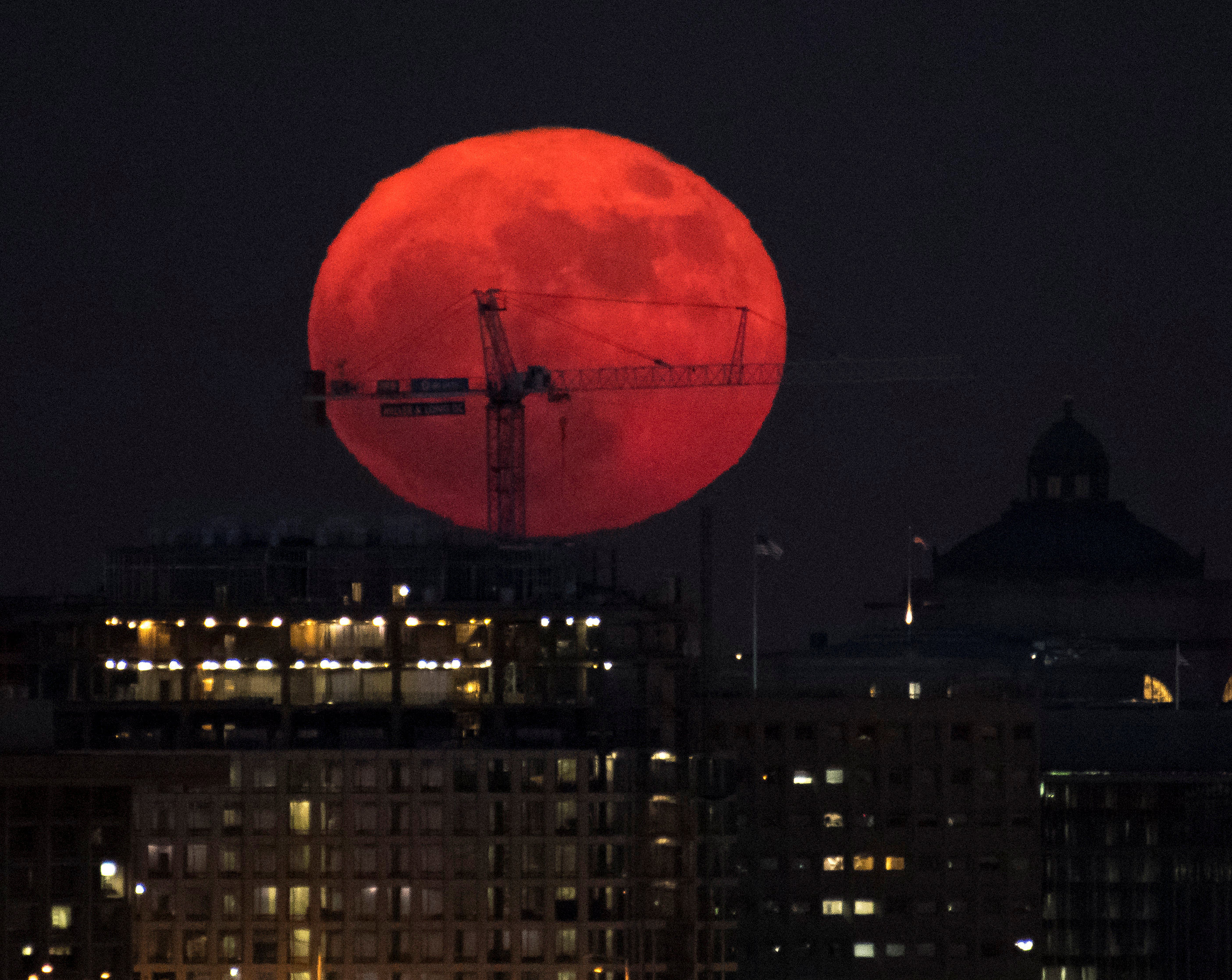
3,000-3,500
Number of years that the Mid-Autumn Festival (also known as the mooncake festival) history spans in China. Its origin story centres on goddess Chang Er and archer husband Hou Yi, and swallowing a pill. (Not that blue pill - he didn't swallow it, and he doesn't have that kind of problem; it's not the red pill either - that's The Matrix.)
5.5
Number of hours the 2018 Thaipusam procession in Singapore will be cut short by due to the total lunar eclipse. When it happens on Jan 31, the approximately 24-hour procession will be shortened as Hindu temples have to be shuttered when darkness comes into play.
An average of 384,400km
Distance you have to cover to get from earth to the moon. By the time you arrive, you can do a mic drop with your fitbit.
50
Percentage drop in Bitcoin value from its record high reached in December 2017. Traders are blaming the slump on the moon. Chinese New Year - also known as Lunar New Year - is being cited by some as contributing to Bitcoin's fall in value as traders cash out their cryptocurrencies to travel and buy gifts for the holiday that starts on Feb 16. It is celebrated in many countries with Chinese communities.
Started with a bang?
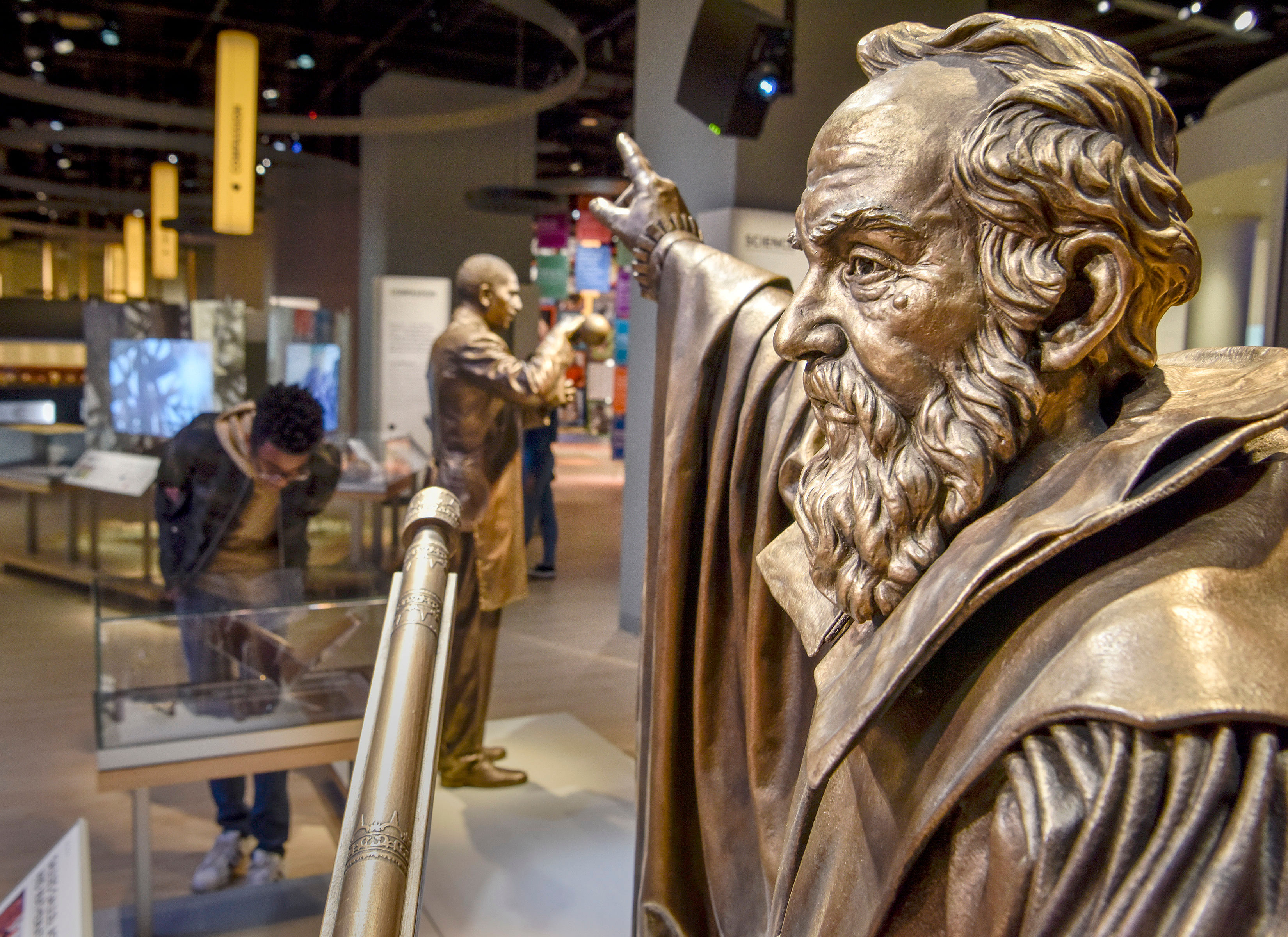
3 to 4.5 billion years ago
When the moon may have been formed. The giant impact hypothesis suggests that the moon formed when an object smashed into early earth.
1609
Italian Galileo Galilei is often credited with being the first person to look through a telescope and make drawings of the celestial objects he observed. Actually, Englishman Thomas Harriot made the first drawing of the moon after looking through a telescope months before him in July 1609.
1972
It has been decades since the last men walked on the moon. On Dec 7, astronauts Ron Evans and Eugene Cernan and their travelling companion, astronaut-geologist Harrison Schmitt, became the last men to blast off for the moon. After burning up billions of dollars in expenses, Nasa's Apollo space programme ended abruptly with the Apollo 17 mission that month.
2017
United States President Donald Trump signed a document which formally directs the National Aeronautics and Space Administration (Nasa) to focus on returning humans to the moon. CEO of SpaceX Elon Musk - despite having a complex relationship with Mr Trump - approves, tweeting that "we should have a moon base by now".
"We are going to the moon that is not very far. Man has so much farther to go within himself."
- French-born novelist Anais Nin.
"We'll keep a close eye out for the bunny girl."
- Former astronaut Buzz Aldrin, referring to moon goddess Chang Er of the Chinese legend. This was part of a conversation between "Houston" (Nasa Mission Control Center) and the Apollo 11 crew before the first moon landing in 1969. Houston told them a headline said 'an ancient legend says a beautiful Chinese girl called Chang-o has been living there for 4,000 years' with a big bunny.
Throwing shade
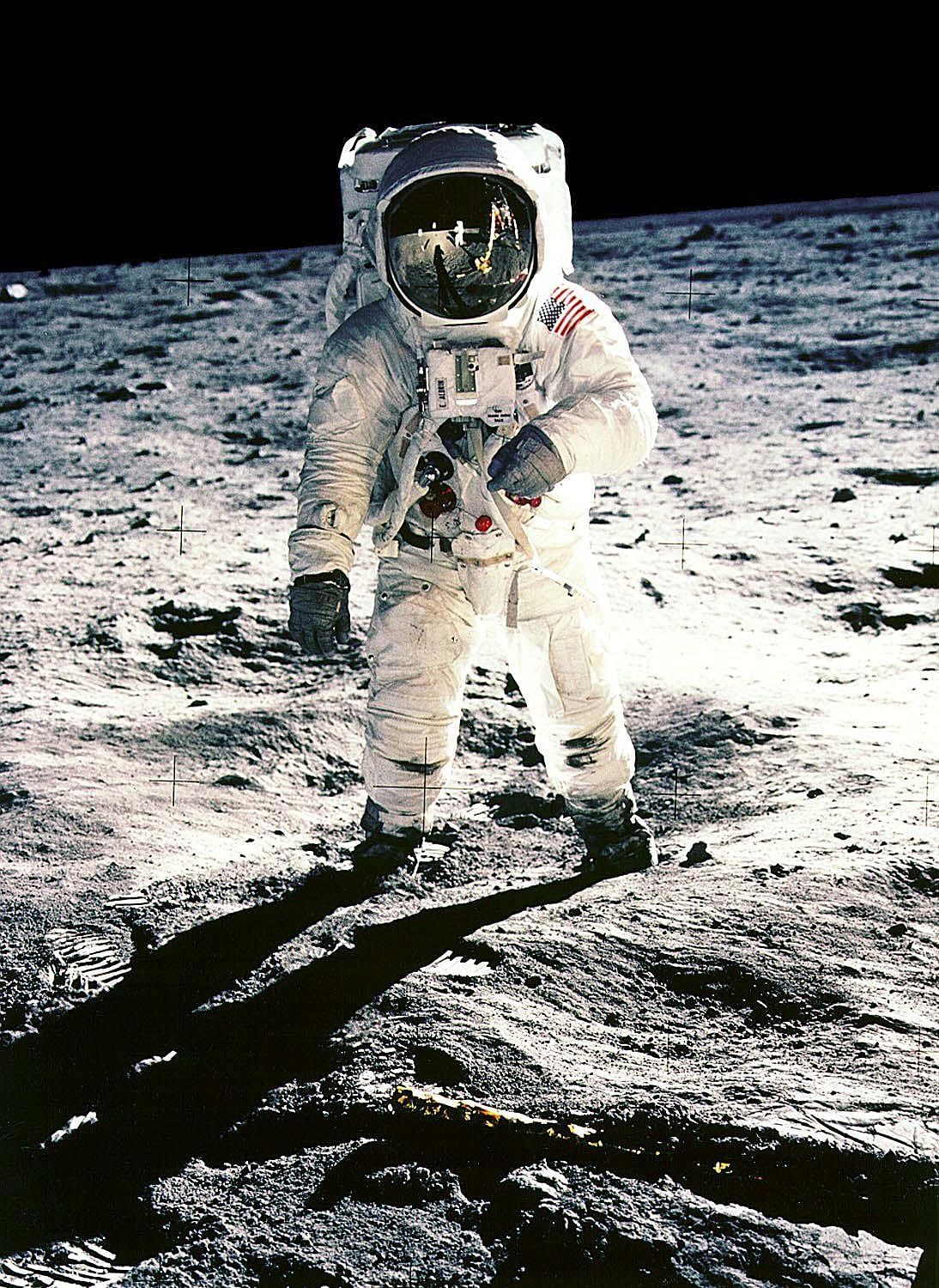
If you landed on the moon, the ultra-dark shadows may freak you out, making you think they are crevasses. They're not like the garden-variety greyish ones on earth. They were so black, they got in the way of the astronauts' work; they couldn't see a tool here or gauge the angle of a slope there.
Apollo 14 astronaut Ed Mitchell explained that "on the lunar surface there's no air to refract light", so unless you've got direct sunlight, there's no way you can see anything. "It was just pitch black. That's an amazing phenomenon on an airless planet."
Crying for the moon
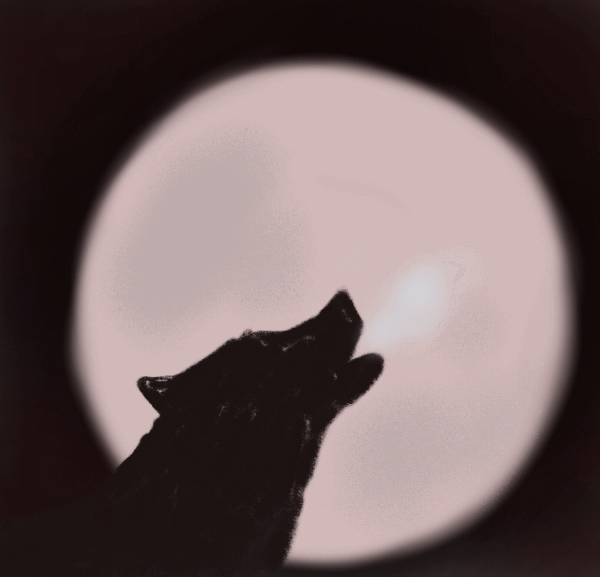
Do wolves howl at the moon? Scientists have found no correlation between it and the wolves' serenades, except perhaps an increase in overall activity on brighter nights.
Still, it's such a compelling trope that this Jan 31, perhaps you'd like to channel your inner wolf and let go a howl or two.
Bad moon rising
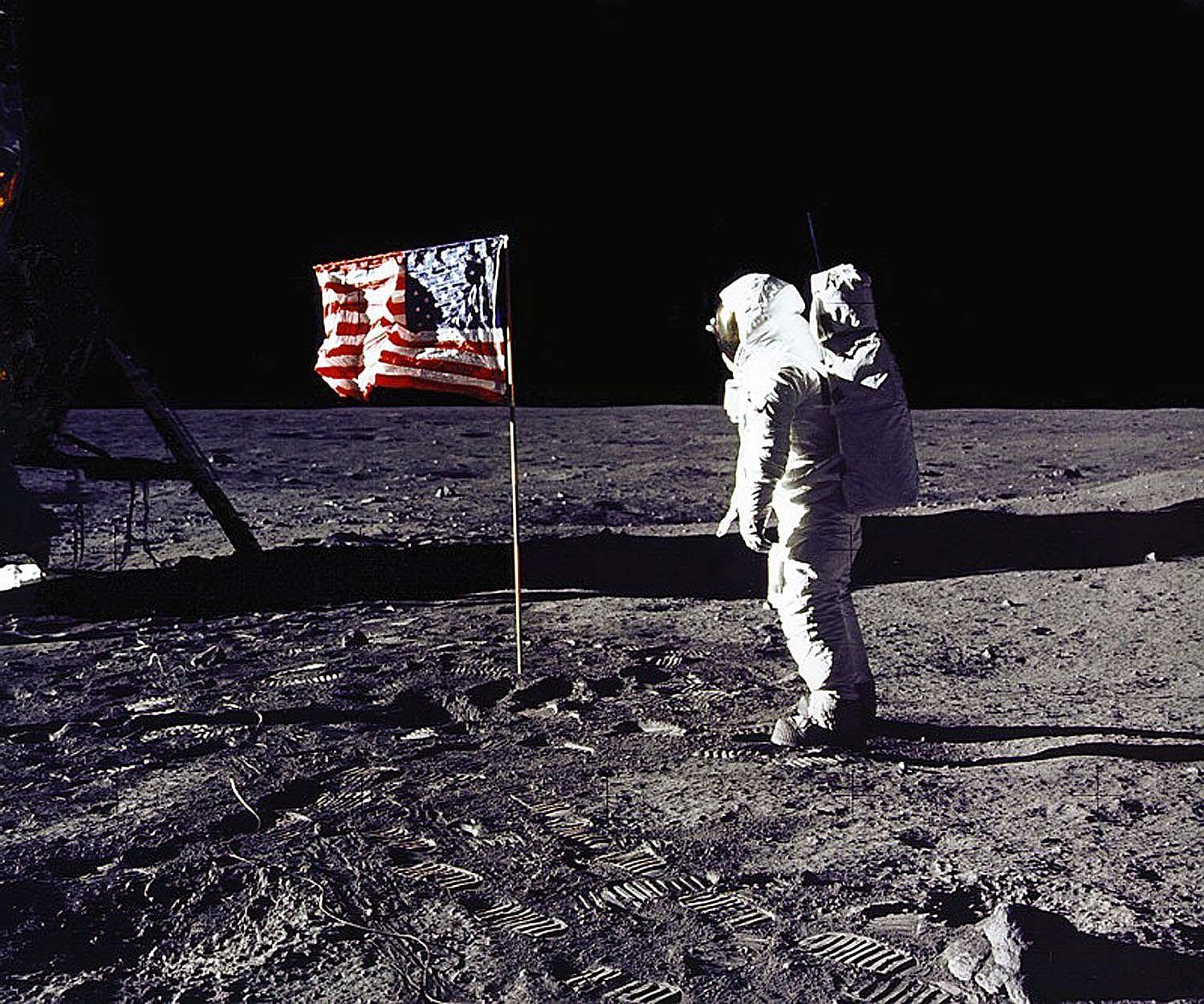
Mr William Safire wrote a contingency speech in 1969 for then US President Richard Nixon, entitled In The Event Of Moon Disaster.
Listen to The Guardian's radio drama podcast as it fleshes out what things might have sounded like if things had gone a little differently in an alternative moon landing. It was based on that speech.
